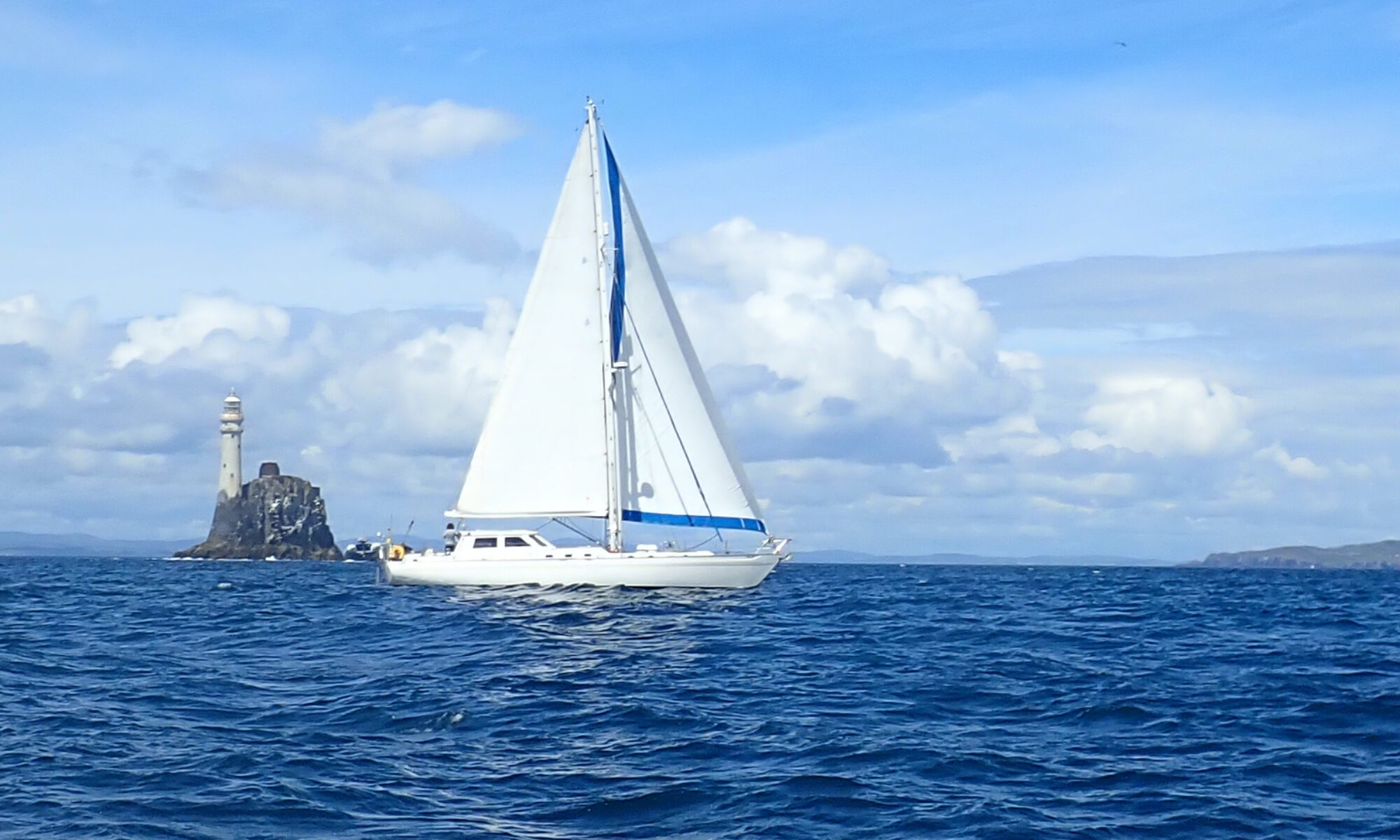Panama to the Marquesas Islands, French Polynesia
Hi again everyone. We were set to eat that Mahi Mahi … then we looked out the window in the fading light and saw the huge squall that was inevitably going to hit us! We have already had interactions with many squalls over our sailing career over the years but hand on heart I can say this was probably the worst yet. I think we were in the maelstrom for about 6 hours. The rain poured and the wind howled, peaking at a pretty scary 40 knots. I managed to reef the main in a lull, and we fought to get the Genoa in when it decided to escape! Azimuth seemed to take it all in her stride, surfing down a couple of waves at 12 knots, and shaking off the beating. Its quite something to see the power of nature blowing the tops off the waves and the sea literally boiling around you.






Eventually we managed to break free of the thing after sailing downwind for 6 hours. The rest of the night was thankfully uneventful. Azimuth even looked quite clean in the morning after a good dousing with fresh water. We were both pretty knackered the next day as you might expect, but no worse for wear. I even managed to catch another fish, this time a Black Fin Tuna about 10 pounds. Oh and the Mahi Mahi was delicious!


Here is our position today as of 1345 local time. We are about 800 miles from the Marquesas but going pretty fast.
All the best for now
Dom & Ailsa on Azimuth














































